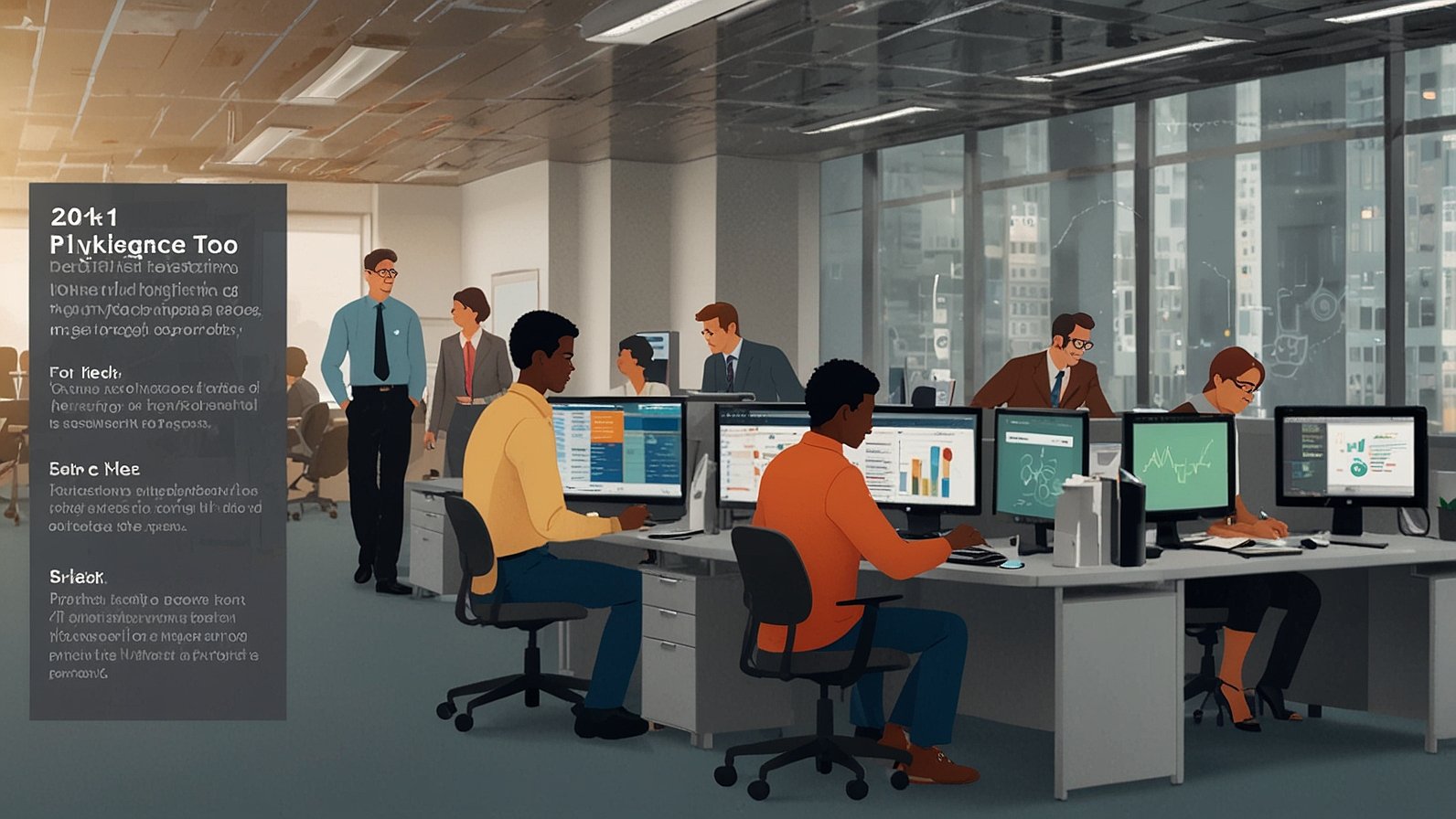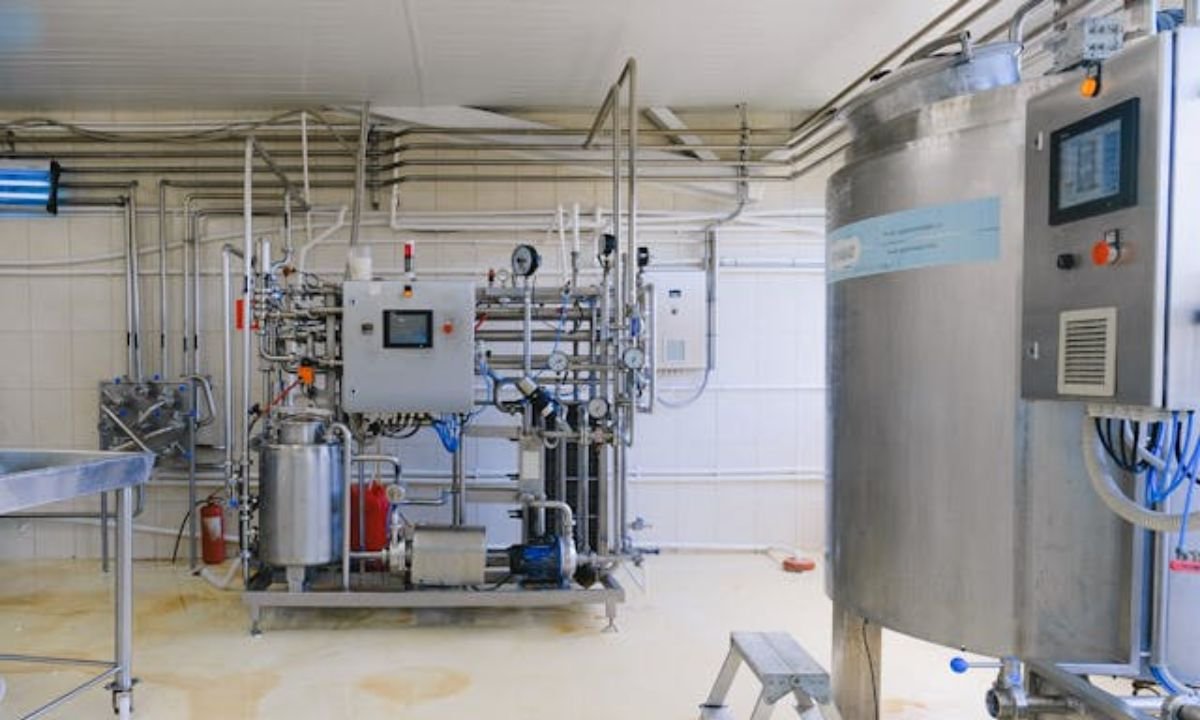Healthcare facilities face unique challenges when it comes to construction and design. Unlike traditional commercial buildings, medical facilities must meet stringent regulatory requirements while maintaining the highest safety standards for patients, staff, and visitors. The intersection of compliance and safety creates a complex landscape that demands specialized expertise and careful planning.
Modern healthcare construction requires a deep understanding of various regulatory frameworks, from ADA accessibility standards to OSHA safety protocols. These requirements aren’t just bureaucratic hurdles—they represent decades of learning about what keeps people safe in medical environments. When properly implemented, compliance-ready designs create spaces that naturally promote healing while protecting everyone who enters.
Understanding Healthcare Compliance Standards
Healthcare construction operates under multiple layers of regulation that work together to ensure patient safety and operational efficiency. The Joint Commission, CMS Conditions of Participation, and state health department requirements form the foundation of compliance standards that every medical facility must meet.
These standards cover everything from room sizes and ventilation requirements to infection control measures and emergency egress protocols. Fire safety codes specific to healthcare facilities require special attention to compartmentalization, sprinkler systems, and evacuation procedures for patients who may not be able to move independently.
Accessibility compliance goes beyond basic ADA requirements in healthcare settings. Medical facilities must accommodate patients using wheelchairs, walkers, and stretchers while ensuring that diagnostic equipment can be properly positioned and operated. This means wider doorways, specialized bathroom configurations, and carefully planned traffic flow patterns.
Infection Control Through Design
One of the most critical aspects of healthcare compliance involves infection prevention and control. Design elements play a crucial role in stopping the spread of pathogens throughout a facility. Proper ventilation systems, including negative pressure rooms for isolation patients, help contain airborne contaminants and protect both patients and healthcare workers.
Surface materials and finishes must meet strict hygiene standards while remaining durable enough to withstand frequent cleaning and disinfection. Seamless flooring, antimicrobial surfaces, and easy-to-clean fixtures reduce the risk of harboring dangerous bacteria or viruses. Hand hygiene stations positioned strategically throughout the facility encourage proper infection control practices.
Room layouts should minimize cross-contamination risks by separating clean and soiled utility areas, providing adequate space for equipment cleaning, and ensuring proper workflow patterns. These design decisions directly impact patient outcomes and help facilities meet regulatory requirements for infection control.
Technology Integration and Safety
Modern healthcare facilities rely heavily on technology for patient care, and compliance-ready designs must accommodate current needs while allowing for future upgrades. Electrical systems need redundancy and backup power capabilities to ensure life-support equipment never loses power during emergencies.
Data security requirements mandate specific considerations for network infrastructure and communication systems. HIPAA compliance affects everything from workstation placement to acoustic privacy measures that prevent unauthorized disclosure of patient information.
Medical gas systems require specialized design and installation to meet NFPA 99 standards. These systems must include alarm monitoring, backup supplies, and proper ventilation to ensure patient safety. Whether it’s oxygen, nitrous oxide, or medical air, these systems demand precise engineering and regular testing to maintain compliance.
Emergency Preparedness in Design
Healthcare facilities must remain operational during emergencies while providing safe evacuation routes for patients with varying mobility levels. This creates unique design challenges that require innovative solutions and careful planning.
Emergency power systems must support critical care areas, elevators, and essential lighting during outages. Generators and electrical distribution systems need proper sizing, testing protocols, and maintenance access to ensure reliable operation when needed most.
Fire safety systems in healthcare facilities require sophisticated approaches to compartmentalization and smoke control. Patients in intensive care units or surgical suites cannot be quickly evacuated, so the building itself must provide protection through fire-resistant construction and advanced suppression systems.
Specialized Areas and Unique Requirements
Different areas within healthcare facilities have distinct compliance requirements that affect design decisions. Operating rooms need specialized ventilation, lighting, and electrical systems to support complex surgical procedures. Imaging departments require radiation shielding and specific structural considerations for heavy equipment.
Laboratory spaces must accommodate chemical storage, fume hoods, and specialized waste handling systems. Mental health units need ligature-resistant fixtures and secure environments that balance safety with therapeutic goals. Each specialized area brings its own set of compliance requirements that must be integrated into the overall facility design.
For projects involving medical construction Utah contractors understand the importance of coordinating these specialized requirements with local building codes and climate considerations. The combination of state regulations, federal requirements, and local conditions creates a complex compliance landscape that demands experienced professionals.
Building for Long-Term Success
Creating truly compliance-ready healthcare facilities requires thinking beyond initial construction to long-term operations and maintenance. Design decisions made during planning affect daily operations, maintenance costs, and the facility’s ability to adapt to changing regulations and medical practices.
Smart planning incorporates flexibility for future modifications while maintaining current compliance standards. This might mean oversized utility corridors, modular construction techniques, or technology infrastructure that can accommodate emerging medical equipment and procedures.
Regular compliance monitoring and documentation systems should be built into facility operations from day one. This proactive approach helps identify potential issues before they become violations and ensures continuous compliance throughout the facility’s lifecycle.
Healthcare construction projects succeed when safety and compliance work together rather than against each other. By embracing regulatory requirements as design opportunities rather than constraints, healthcare facilities can create environments that naturally promote healing while protecting everyone inside. The investment in compliance-ready design pays dividends through reduced liability, improved patient outcomes, and operational efficiency that supports the facility’s mission for years to come.
YOU MAY ALSO LIKE: United Airlines Flight UA770 Emergency Diversion: A Case Study in Safety










